Hammerhead sharks are some of the most striking creatures in our oceans. With their unique T-shaped heads and beady eyes, they’re instantly recognisable. But there’s so much more to these amazing animals than meets the eye. From their incredible sensory abilities to their surprising social lives, hammerheads are incredible, interesting creatures. I’ve always been amazed by these remarkable ocean dwellers, with their unique-shaped heads and fascinating behaviours.
They Come in Many Sizes
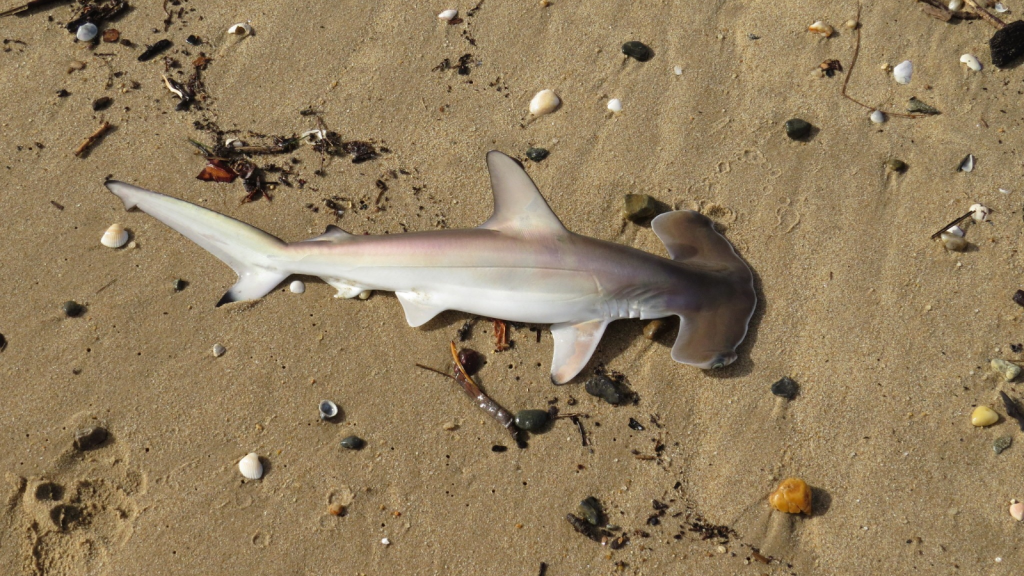
Hammerhead sharks aren’t just one species – there are actually nine different types. The smallest, the bonnethead shark, grows to about 1.5 metres long. The largest, the great hammerhead, can reach a whopping 6 metres in length. That’s about the size of a large car! Each species has adapted to its own specific habitat and prey, from shallow coastal waters to the open ocean.
Their Weird Heads Have a Purpose
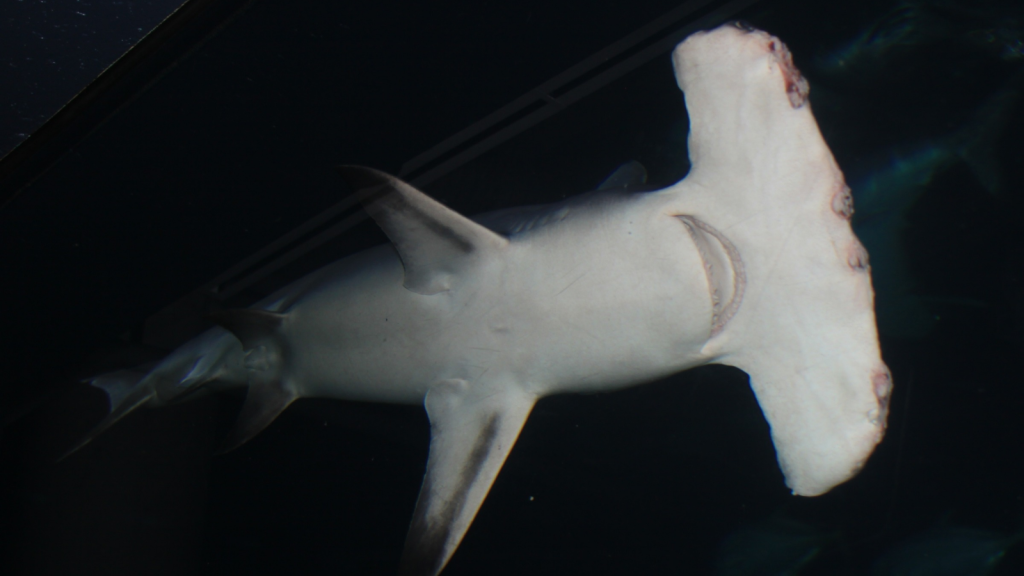
The hammer-shaped head isn’t just for show. It gives these sharks a wider vision range and spreads out their sensory organs. This helps them detect prey more easily and makes them excellent hunters. The wide head also acts like a hydrofoil, allowing the shark to make quick turns and changes in direction.
They’re Expert Navigators
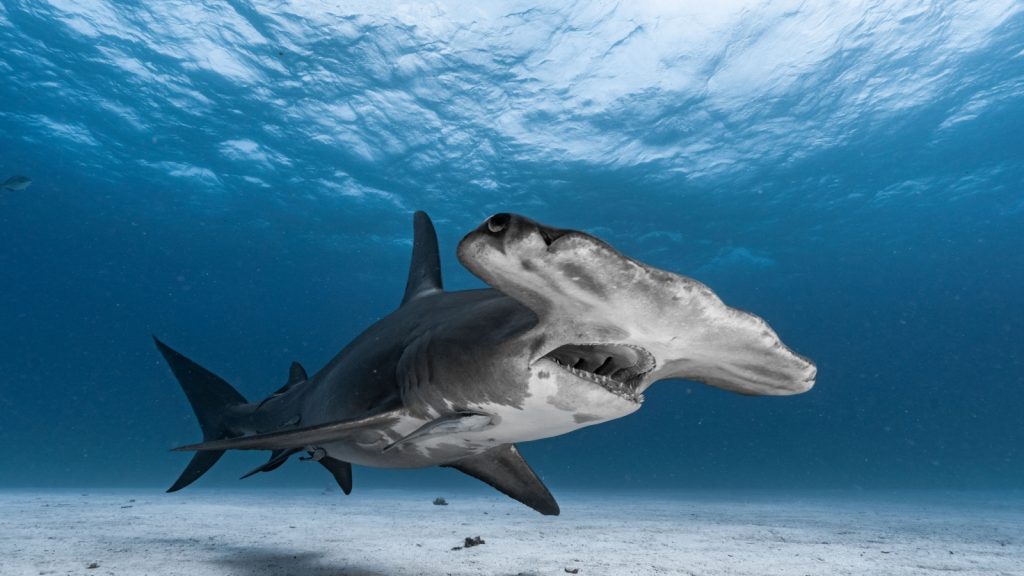
Hammerheads have an internal compass that helps them navigate. They can sense the Earth’s magnetic field and use it to find their way around the vast ocean. It’s like they have a built-in GPS! This ability allows them to make long migrations and return to specific feeding or breeding grounds year after year.
They Love a Good Cuddle

Believe it or not, hammerhead sharks are quite social. They often gather in large groups, sometimes numbering in the hundreds. Scientists think this might be for protection, finding mates, or perhaps just enjoying each other’s company. These gatherings, known as schools, are most common during the day and often break up at night when the sharks go off to hunt.
They’re Picky Eaters
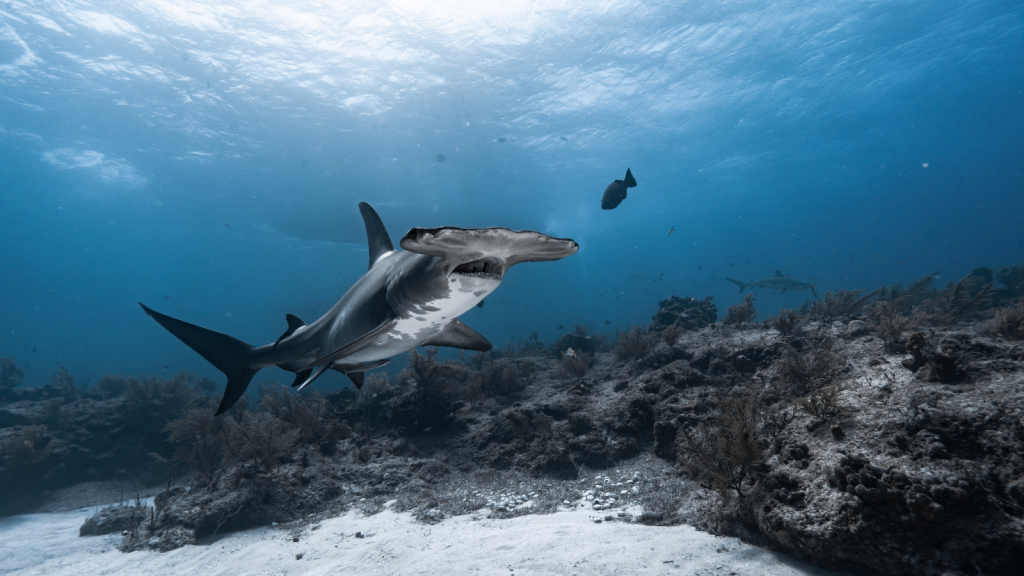
Despite their fearsome reputation, hammerheads aren’t indiscriminate predators. They have a particular fondness for stingrays, which make up a large part of their diet. Some species even specialise in eating specific types of fish or squid. Their unique head shape allows them to pin stingrays to the sea floor, making it easier to take a bite out of these flat, slippery prey.
They Can Tan Like Humans
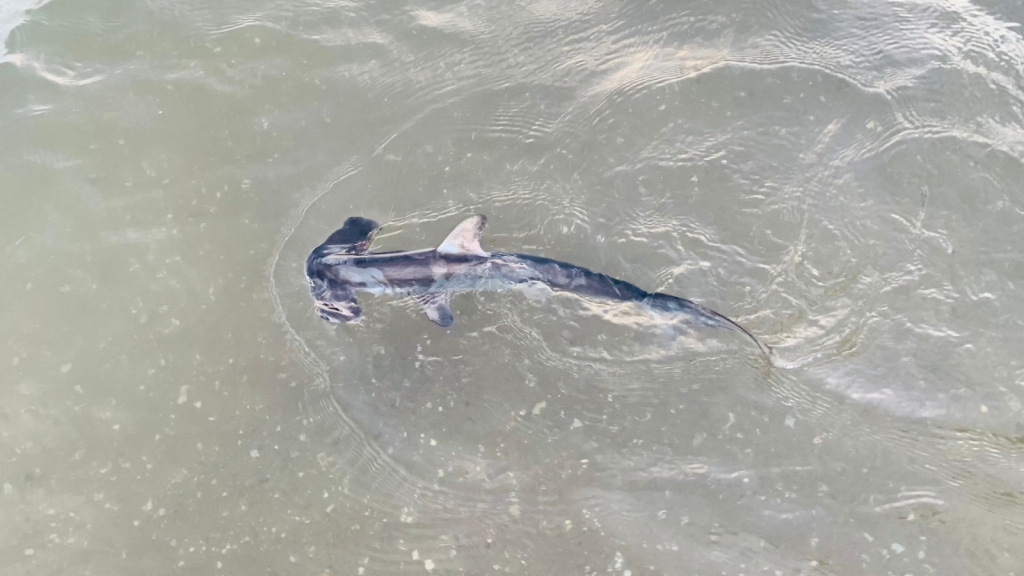
Hammerhead sharks can actually get darker when exposed to sunlight, just like humans get a tan. This change in skin colour might help them regulate their body temperature or protect them from the sun’s harmful rays. The tanning process is most noticeable in sharks that spend time in shallow, sunlit waters.
They Give Birth to Live Young
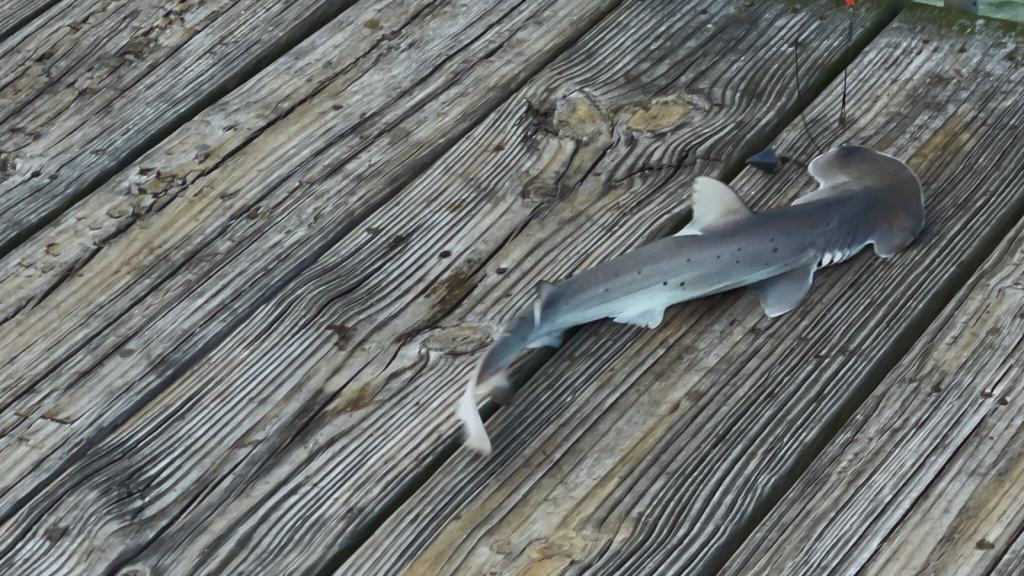
Unlike many fish that lay eggs, hammerhead sharks give birth to live pups. A female can have anywhere from 6 to 50 pups in a single litter. The pups are born fully formed and ready to fend for themselves. Interestingly, hammerhead shark embryos can sometimes engage in intrauterine cannibalism, where the strongest embryo eats its siblings in the womb.
They Have Incredible Hearing
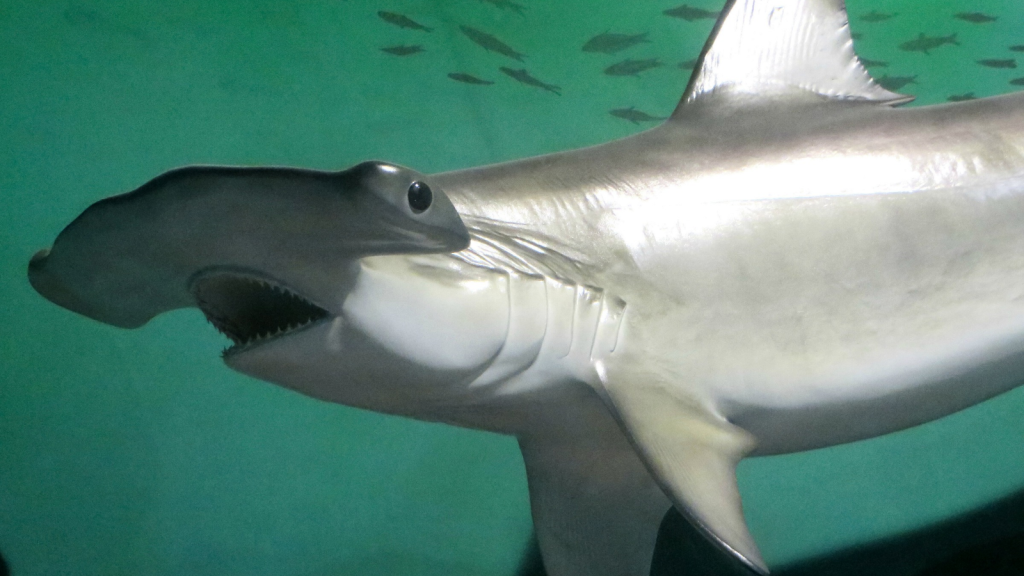
Hammerheads have an excellent sense of hearing. They can detect sounds from great distances and use this ability to locate prey. Their hearing is so good they can even pick up the sound of struggling fish from far away. This keen sense of hearing is due to inner ear structures that are highly sensitive to low-frequency sounds.
They’re Masters of Camouflage
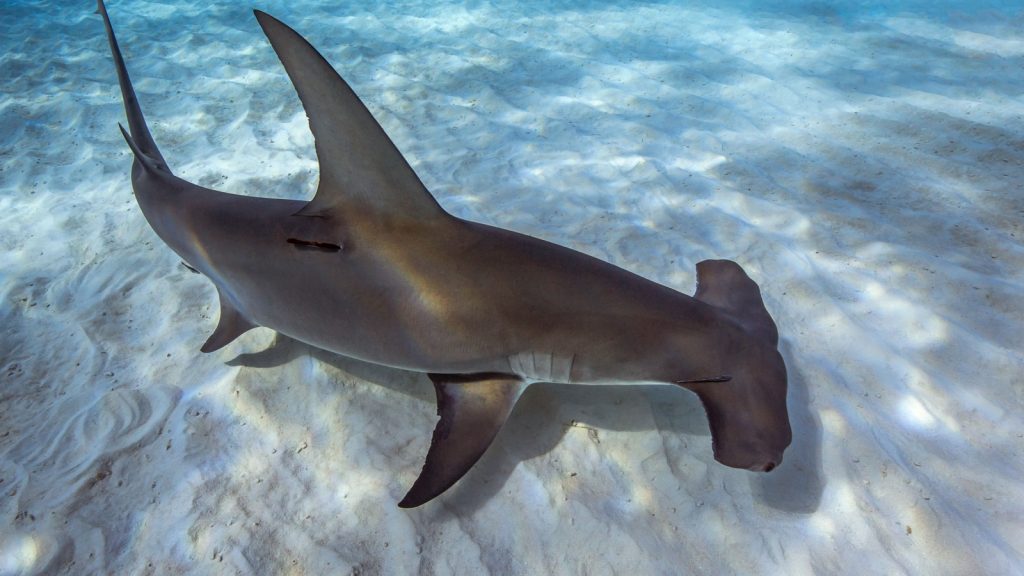
Despite their distinctive shape, hammerheads are excellent at blending in. Their grey-brown colouring helps them match the ocean floor when viewed from above. This makes them nearly invisible to both prey and potential predators. Some species can even change their colouration slightly to better match their surroundings.
They Can Swim on Their Sides
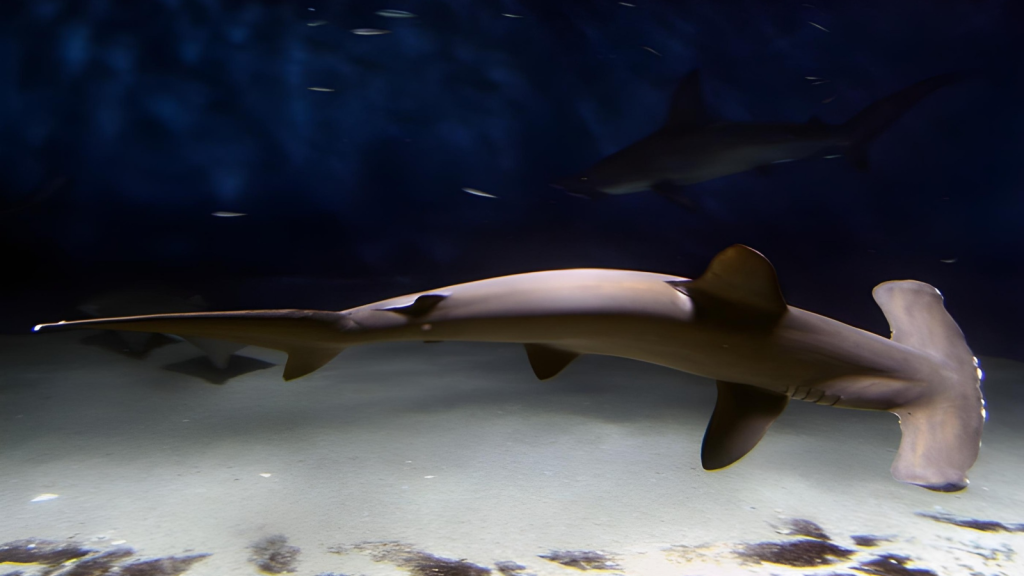
Hammerheads sometimes swim on their sides, with one eye above the water and one below. This behaviour, called “spy-hopping”, might help them spot both aerial and underwater prey at the same time. It’s also thought that this position might help them conserve energy while still keeping watch for potential meals.
They Have Rotating Eyeballs
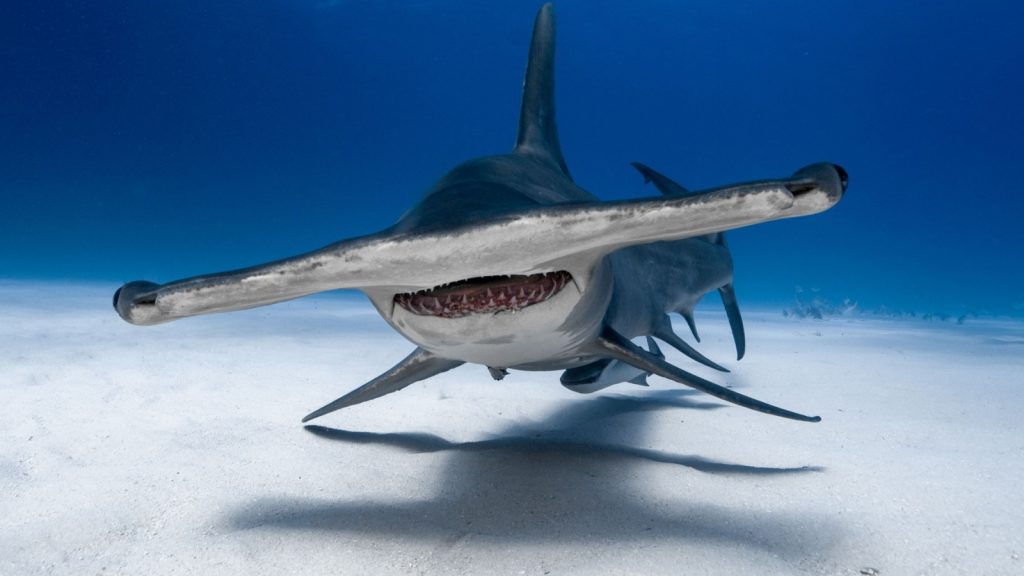
The eyes of a hammerhead shark can rotate independently of each other. This gives them an almost 360-degree view of their surroundings, making it very hard for anything to sneak up on them. This unique eye placement and movement also help compensate for the blind spot directly in front of their nose.
They’re Surprisingly Fast Swimmers
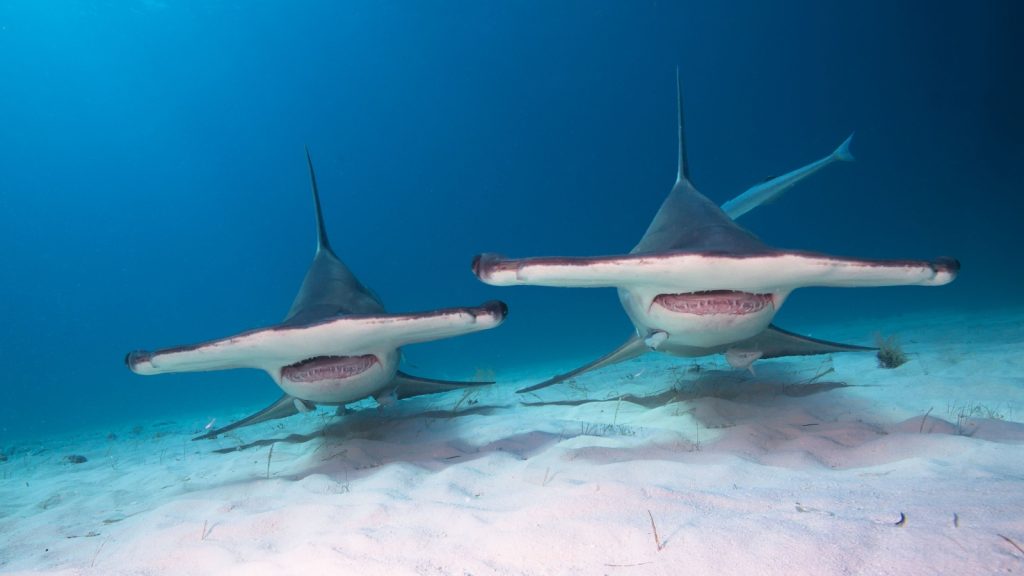
Despite their odd-shaped heads, hammerheads are speedy swimmers. They can reach speeds of up to 40 kilometres per hour when chasing prey or escaping danger. That’s faster than most Olympic swimmers! Their streamlined bodies and powerful tails contribute to this impressive speed.
They Have a Third Eyelid

Like many sharks, hammerheads have a transparent third eyelid called a nictitating membrane. This acts like a pair of goggles, protecting their eyes when they’re hunting or fighting without impairing their vision. This membrane is particularly useful when the shark is thrashing about with prey, helping to prevent eye injuries.
They Can Detect Electrical Fields
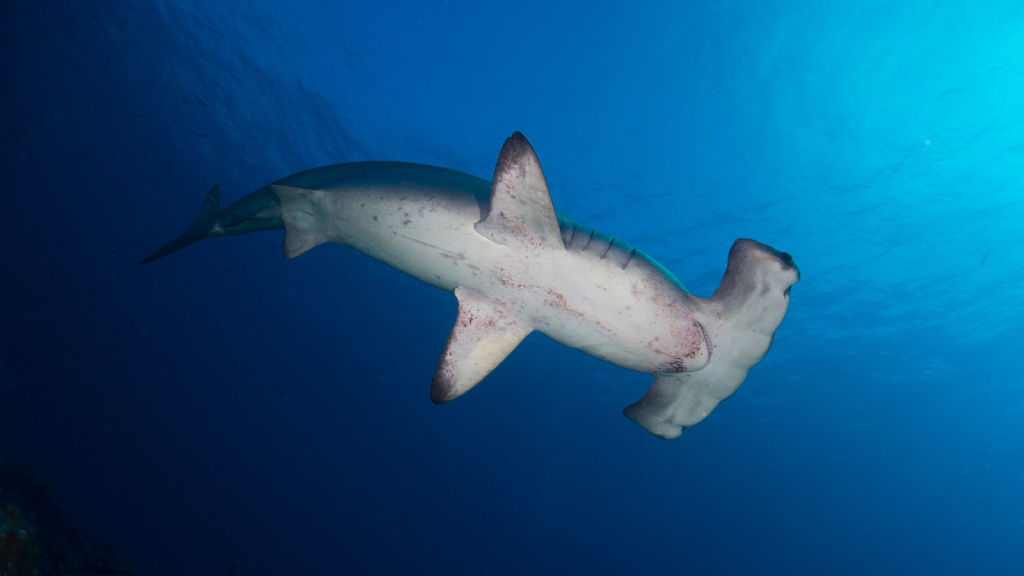
Hammerheads have special sensors in their heads that can detect the electrical fields produced by other animals. This “sixth sense” helps them find prey hiding under the sand on the ocean floor. These sensors, called ampullae of Lorenzini, are so sensitive they can detect the electrical impulses from a flatfish’s beating heart.
They’re Ancient Creatures
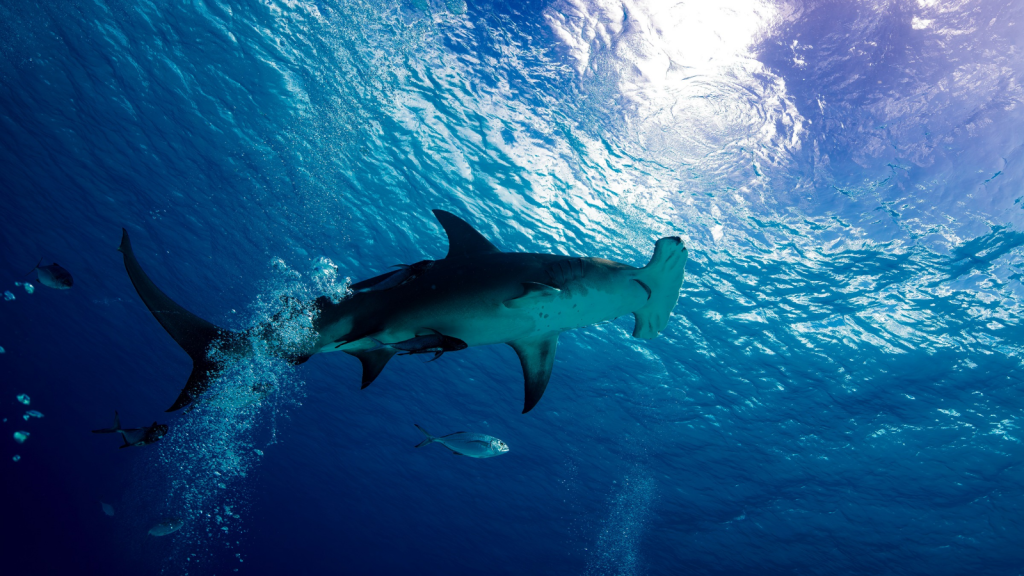
Hammerhead sharks have been around for a very long time. Fossils suggest that they evolved their distinctive head shape at least 20 million years ago. That’s long before humans even existed! This long evolutionary history has allowed hammerheads to become perfectly adapted to their ocean environment.



